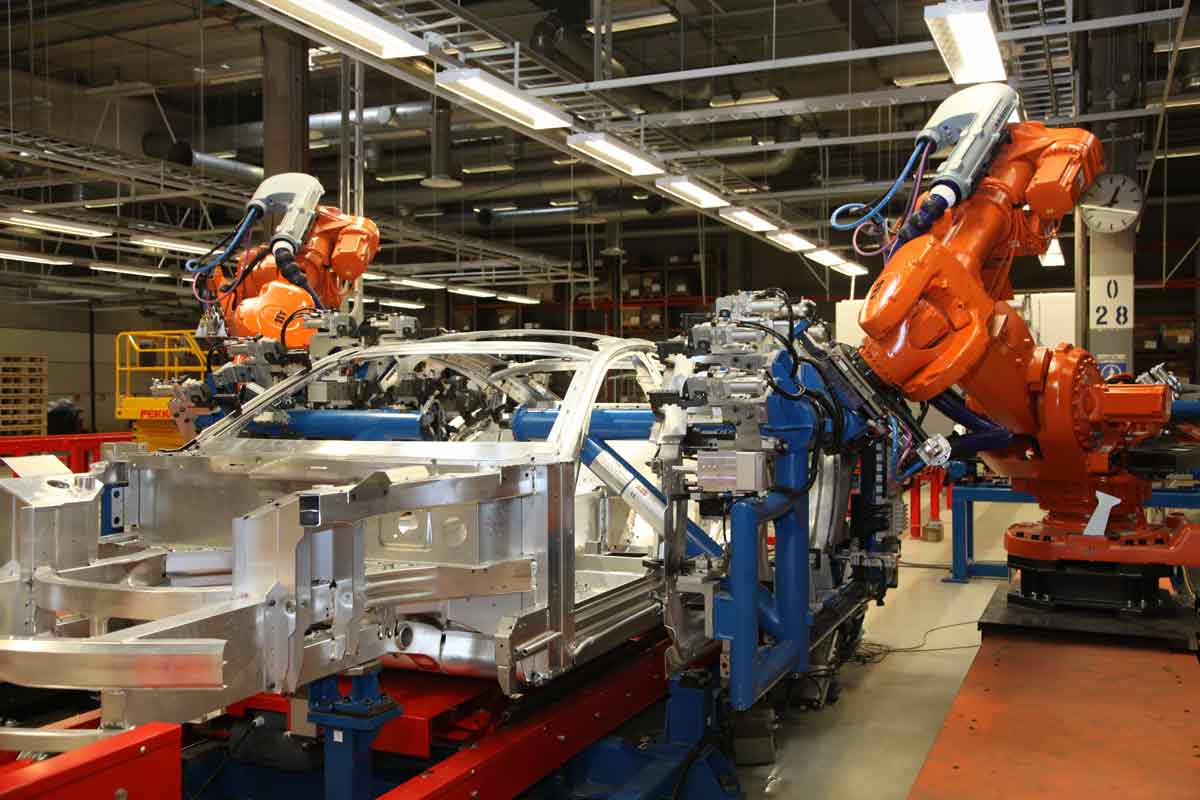A United Nations report says Asia's economic outlook for 2017 is strong despite slowing global growth due to sluggish international trade and investment.
The world economy grew 2.2% in 2016, the slowest pace since the end of the 2008 financial crisis. Britain's plan to leave the European Union and the election of Donald Trump as US president are adding to uncertainty, AP reported.
Despite a slowdown in China, Asia remains a "bright spot," co-authors of the UN Economic and Social Commission for Asia and the Pacific said in the report released Tuesday.
Strong consumer demand and government spending helped make up for weak exports, as East and South Asia grew at a steady pace of 5.7% in 2016, level with the year before.
"Most economies in East Asia and South Asia, led by China and India, saw robust growth driven by strong expansion of domestic demand," the report said.
South Asia is the world's fastest-growing region, with 6.7% growth in 2016, and is projected to reach 6.95% in 2017 and 2018.
China is making progress in shifting from export-oriented growth to tapping domestic demand, the report said. It estimated the Chinese economy grew 6.65% in 2016, despite a 6.8% contraction in exports for the year, as reported by the government.
Services are growing in importance in China, says Sompob Manarangsan, an economics professor at Thailand's Chulalongkorn University. "There's still quite some room for China to further develop by using their own domestic demand," he said.
Trump has railed against existing free-trade agreements and threatened to impose punitive tariffs on some imports at a time when Asian economies have been gradually committing to wider opening of their own markets.
India's 'Dynamic' Economy
India is one of the most "dynamic emerging economies" and is likely to grow at 7.75% this year on strong private demand and government reforms but excluding the effect of demonetization, the UN report said.
It said demonetization undertaken in India will have a "significant impact" on consumer spending in the short term but the country's economy will return to the about 7.6-7.7% growth.
When asked as to why the UN has not taken into account demonetization impact on growth forecast, Economic Affairs Officer at UN ESCAP Matthew Hammil said: The UN report was prepared in late November, then finalized in December."
Going forward, he said, the growth rate for India is expected to be slower than what is projected now, taking into account the demonetization factor.
According to the United Nations World Economic Situation and Progress report, the country's economy is likely to expand at about 7.6% in 2018.
"India has positioned itself as one of the most dynamic emerging economies. Growth is projected to reach 7.7% in 2017 and 7.6% in 2018 amid strong private consumption," said the report.
It expects a slight pick-up in investment demand supported by monetary easing, government efforts towards infrastructure investments and public-private partnerships and domestic reforms.
The UN does not see a serious, long-term impact on India's economy from the demonetization, although it will have a short-term effect because of reduced consumer spending, Dawn Holland, a senior economic affairs officer with the UN Global Economic Monitoring Unit, said.
Earlier this month, without taking into account the demonetization impact, India projected the economy to grow at a slower pace of 7.1% in 2016-17—as against 7.6% in the previous fiscal—on poor manufacturing, mining and construction sector activities.
The International Monetary Fund on Monday cut the growth rate to 6.6% as against its earlier estimate of 7.6% citing temporary negative consumption shock due to demonetization.
World Bank has also said that an immediate withdrawal of a large volume of currency in circulation and subsequent replacement with new notes announced by the government in November contributed to India's slowing growth in 2016.
Two months since India's two biggest banknotes (Rs. 500 and 1,000) were invalidated overnight to fight graft, things are slowly returning to normal, but at a cost to one of Asia's fastest-growing economies.


